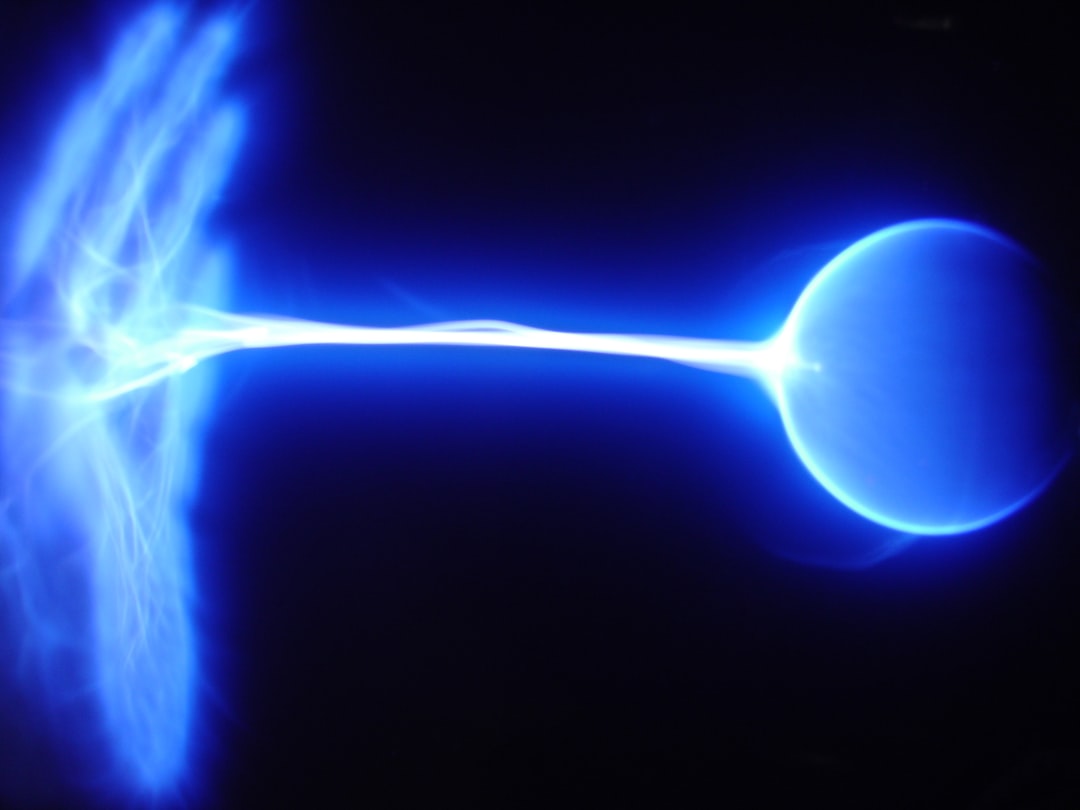What is it about?
Energy transfer problem in extended aggregates is multidimensional, involving multiple electronic states and multiple vibrational modes, with limited to no knowledge of which vibrational motions drive energy transfer against vibrational motions which play no role in the process. We derive effective normal modes to identify reaction coordinates for energy transfer in extended molecular aggregates. These normal modes represent effective slices on the multidimensional vibrational space, motions along which enhance energy transfer. We exemplify our approach to identify a novel design principle of trap-mediated energy transport. Uncoupled donor-acceptor sites do not exchange energy. A trap site will receive all the excitation from the donor without transferring it to the acceptor. We show that by modulating vibrational motions along specific directions, the `trap' can be converted to a `shuttle' for promoting donor-acceptor energy transfer, even if donor and acceptor are uncoupled.
Featured Image

Photo by NASA on Unsplash
Why is it important?
Role of vibrational motions in driving photochemistry is a subject of active investigation. Inducing specific vibrational motions can drive photoinduced charge transfer, interfacial charge separation and electronic phase transitions, motivating a need for identifying physically relevant vibrational motions which maximally promote electronic dynamics against mere spectator modes, in order to potentially control energy and charge transport by modulating vibronic interactions. Our approach to multidimensional energy transfer problem reduces the problem into one-dimensional problems along these effective vibrational normal modes. By reducing the problem into one-dimensional problems, we can identify, in a physically meaningful way, which normal modes maximally promote mixing of vibrational and electronic motions to drive energy transfer, without having to make oversimplifying approximations which do not fully capture the role of vibrations in promoting electronic energy transfer.
Perspectives
Typical design aspects in artificial light-harvesting materials focus on how to mediate energy transfer across the material in an efficient/dissipation less manner. However, so far design questions such as what factors can modulate the energy transport, for instance from a trap to a shuttle and back to a trap again, are not considered. The design principle of modulating trap behavior from an excitation trap to a shuttle for energy transfer is a potential switch to control energy exchange between uncoupled donor-acceptor sites by controlling vibronic interactions. Alternatively, in a multi-chromophoric system, several sites may be uncoupled or very weakly coupled so as not to efficiently exchange energy even if their vibrational-electronic levels are favorably aligned. Our design principle suggests that introducing a third site which individually couples with the mutually uncoupled sites can promote vibrationally enhanced electronic energy exchange between the sites which previously did not exchange energy.
Vivek Tiwari
Read the Original
This page is a summary of: Effective normal modes identify vibrational motions which maximally promote vibronic mixing in excitonically coupled aggregates, The Journal of Chemical Physics, March 2021, American Institute of Physics,
DOI: 10.1063/5.0037759.
You can read the full text:
Resources
Contributors
The following have contributed to this page










